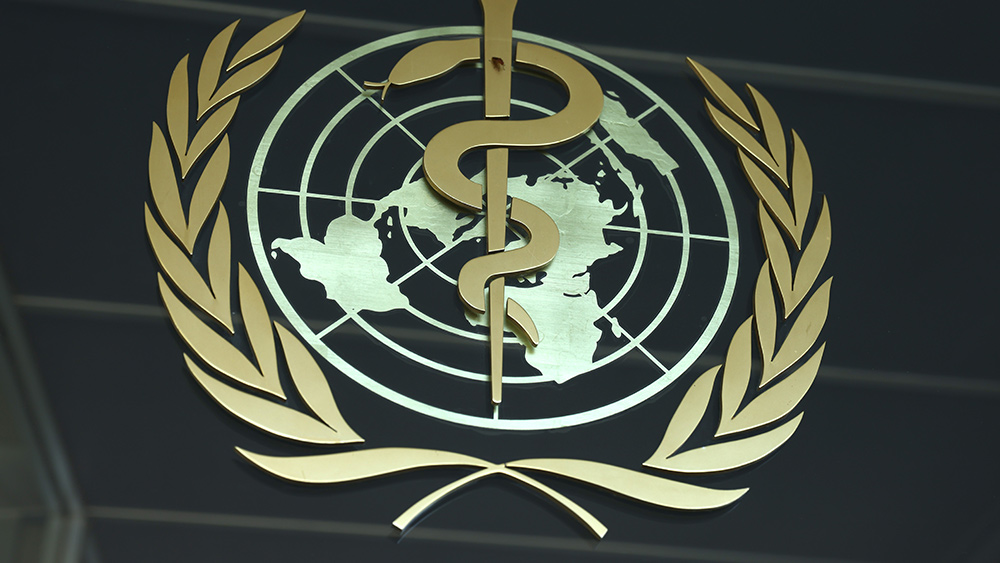
The Oct. 18 study published in Environmental Health Perspectives examined over 3,700 cases of leukemia in French children younger than 15 years old between 2006 and 2013. The study's authors compared the information to 40,196 healthy children within the same age range. The addresses of the children with leukemia were also considered, according to the National Pulse.
According to the study, children who lived within 0.62 miles of a vineyard had a higher risk of developing leukemia. This risk would increase by five percent for every 10 percent growth in the vineyard's density, it added. Children may absorb pesticides through their eyes and skin and via inhalation or ingestion.
Evidence from different research on determinants, occurrence and distribution of health and diseases in children five to 13 years old have demonstrated associations between early life exposure to pesticides and behavioral problems, childhood cancers, including leukemia, and decreased cognitive function – how they explore, figure things out or think.
Mechanistic studies, including related animal toxicology studies, provide supportive biological plausibility of these findings, according to a systematic review and meta-analysis published in the journal Environmental Pollution.
Notable findings from the "Childhood Leukemia International Consortium" published in the International Journal of Cancer included an association between home pesticide exposure before birth with acute myeloid leukemia (AML) and during a child's early years with acute lymphoblastic leukemia (ALL). (Related: Canadian study finds banned cancer-causing chemicals in 88% of household products.)
Both are cancers of the blood and bone marrow.
Acute myeloid leukemia affects the production of myeloblasts or immature blood cells in the bone marrow, red blood cells and platelets. On the other hand, acute lymphoblastic leukemia mainly affects the production of lymphocytes, which are composed of T and B cells that circulate in the blood and are part of the immune system.
B cells produce antibody molecules that latch on and destroy invading bacteria or viruses, while the T cells destroy the body's own cells that have been overtaken by viruses or become cancerous.
Childhood leukemia may be preventable
A major new analysis published in the journal Nature Reviews Cancer showcased the extensive compilation of more than 30 years of research by British cancer biologist and researcher Dr. Mel Greaves of the Institute of Cancer in London to find out why kids get leukemia so frequently.
The study describes how Greaves assessed the most comprehensive body of evidence ever collected – his own and from his colleagues around the world – about the genetics, cell biology, immunology, epidemiology and animal modeling of childhood leukemia.
His research concluded that childhood leukemia is caused by a two-step process of genetic mutation and exposure to infection, which means the disease may be preventable with treatments to "stimulate" or "prime" the immune system during infancy.
The first model involves genetic mutation, called inherited susceptibility.
Only one percent of children are born with a genetic mutation that occurs before birth, which creates a permanent change to a gene's DNA sequence in the fetus to produce something different and predisposes children to leukemia.
A common genetic disorder that increases a child’s risk of developing leukemia is Down syndrome (trisomy 21).
Down syndrome is a genetic condition that occurs in approximately one in every 700 births.
It has been proven that children and adolescents with this genetic condition are 150 times more likely to develop acute myeloid leukemia and are at a 33 times greater risk of developing acute lymphoblastic leukemia.
During the first stages of development, a change in the number of chromosomes called "aneuploidy" takes place, where abnormal cell division produces an extra copy of chromosome 21 – the extra gene material responsible for developmental changes, including distinctive physical features and certain learning disabilities.
The second model is dubbed as delayed infection hypothesis. It involves initiating events, including exposure – referred to in the study as the delayed infection hypothesis.
The disease is triggered later in childhood by exposure to one or more common infections, primarily in children who experienced "clean" childhoods in the first year of life – thanks to a rise in antibacterial soaps, antiseptic wipes and disinfectants – leaving babies with immune systems that are not properly "primed" or "stimulated" to provide adequate immune defense.
In a video for ICR, Greaves suggested childhood acute lymphoblastic leukemia is particularly prevalent in advanced and wealthier societies where there is a lack of microbial exposure early in life – resulting in immune system malfunction.
Exposing children to antigens early in life triggers an immune response in the body, including the production of antibodies, which can lead to a "lasting memory that can help fight infections in the future."
Visit Pesticides.news for more stories like this.
Watch the following video to learn about What causes leukemia in children.
This is from the Daily Videos channel on Brighteon.com.
More related stories:
Pesticides cause childhood brain cancers.
Pesticides inhibit proper childhood development.
Pesticides in food and the home: Warnings and alternatives.
Pesticides and chemical fertilizers clearly linked to premature births.
Sources include:
Please contact us for more information.






















